Getting ears pierced is a rite of passage for many. But sometimes, the journey to flaunting your favorite earrings comes with an unexpected side effect: keloids. In this blog, we'll delve into the nitty-gritty of piercing keloids, what sets them apart from piercing bumps, and how you can prevent or treat them, with a special focus on Rejuvaskin's silicone scar products.
So, Why Do Piercings Cause Keloids?
Piercing keloids can be a frustrating surprise for anyone looking to accessorize their ears. The key culprit here is your body's natural healing process. When you get a piercing, your body perceives it as an injury (because technically, it is) and springs into action to heal it. However, the problem arises when this healing process goes into overdrive.
Keloids form when your body produces an excess of collagen during the healing process. Usually, collagen is good – it’s the protein that helps repair damaged skin. In the case of keloids, the body doesn't know when to stop. However, genetics also play a role; if you have a family history of keloids, you're more likely to develop them.
What Do Piercing Keloids Look Like? Piercing Bump vs Keloid Appearance
Piercing bumps and keloids are two distinct issues that can occur after getting your ears pierced. It's crucial to distinguish between them to determine the right treatment approach.
Piercing Bumps:
Piercing bumps, often referred to as hypertrophic scars, are raised, reddish lumps that appear around the piercing site. They are usually smaller in size compared to keloids. These bumps are a result of an overproduction of collagen but typically remain within the boundaries of the piercing. They may be itchy, sensitive, or even slightly painful but are generally less severe than keloids.
Piercing Keloids:
Piercing keloids, on the other hand, are much more aggressive. They extend well beyond the original piercing and can become significantly raised, forming large, irregularly shaped, and firm masses of scar tissue. Keloids can be itchy, painful, and unsightly. They often have a shiny or smooth surface.
How Do I Prevent & Treat Piercing Keloids?
Ear Keloid Prevention:
- Make sure your ears are well-hydrated and healthy before your appointment.
- Opt for a professional who uses sterilized equipment and follows proper piercing techniques.
- Follow the aftercare instructions diligently. Avoid unnecessary touching or twisting of the jewelry.
Treatment Options if a Keloid Does Develop:
- A dermatologist can provide professional advice and recommend treatments such as corticosteroid injections, laser therapy, or surgical removal.
- Silicone products can help flatten and soften keloids by hydrating the scar tissue and reducing collagen production. It's a non-invasive, pain-free option for treating keloids on awkward areas like the ear.
Rejuvasil: The Perfect Silicone Product For Those Awkward, Non-Flat Areas
If you're dealing with piercing keloids in tricky, non-flat areas like your ears, Rejuvasil is the game-changer you've been waiting for. This specialized, medical-grade silicone scar product is designed to tackle keloids with precision, even in those hard-to-reach spots.
Don't let piercing keloids hold you back from showing off your favorite earrings. Check out Rejuvasil and order some today!
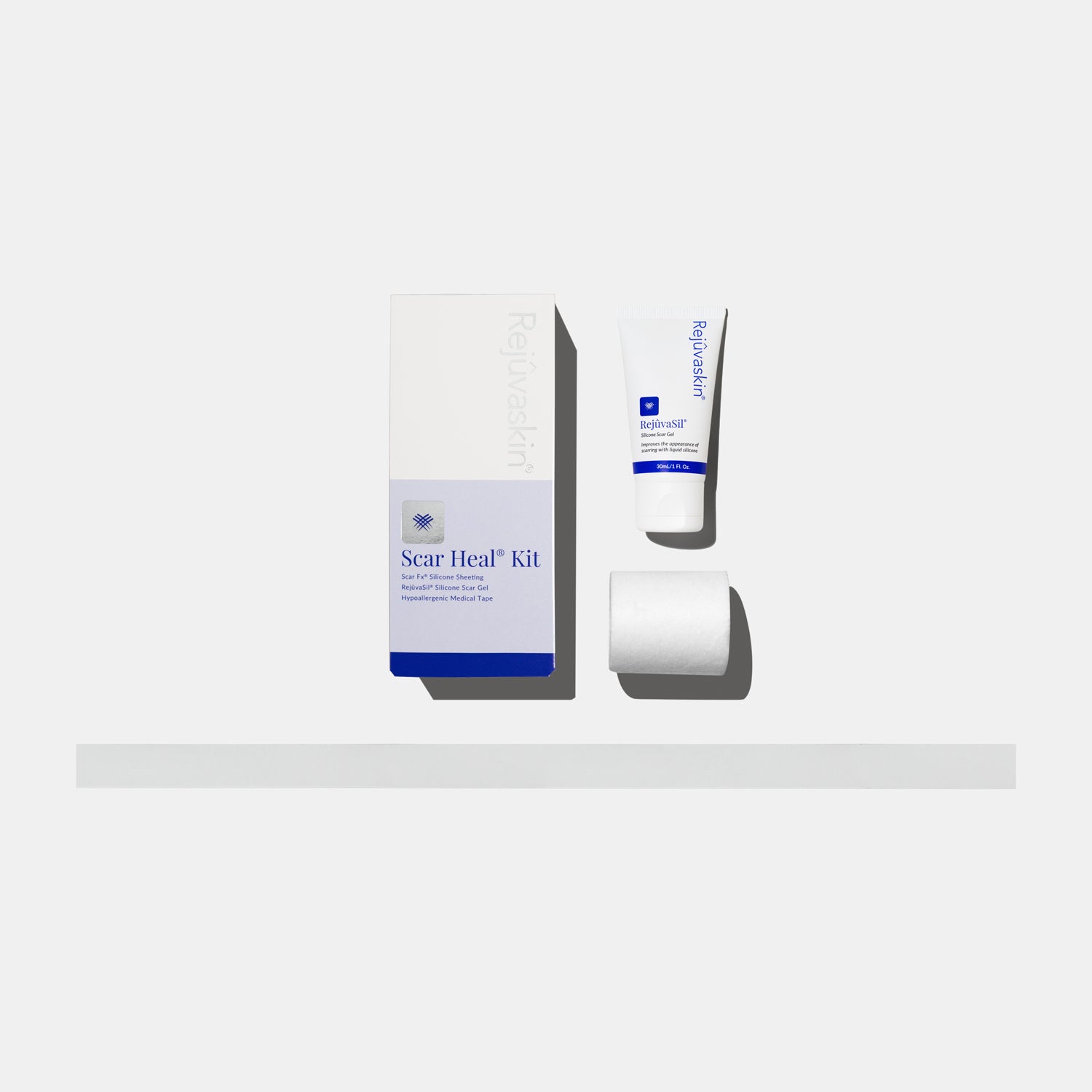


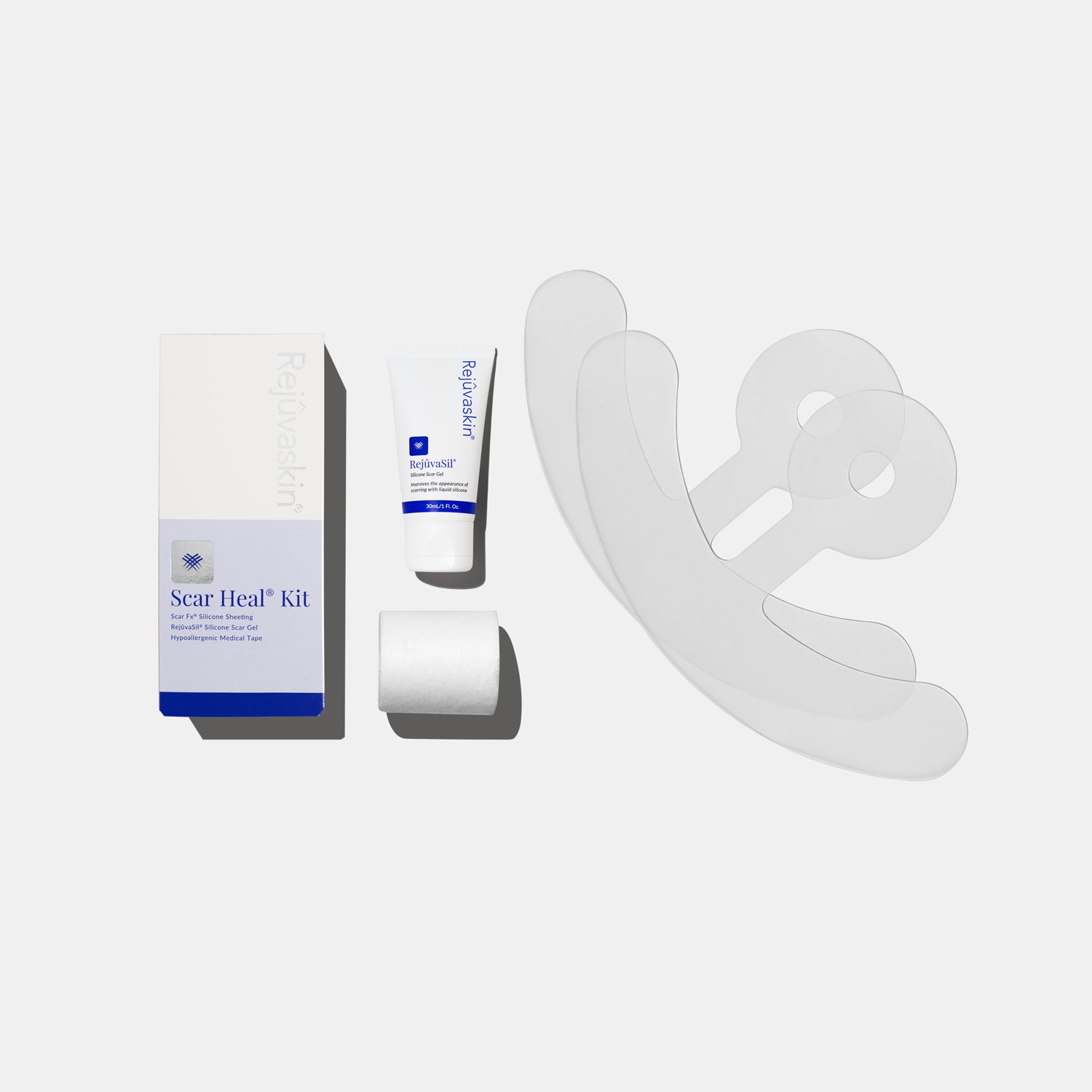
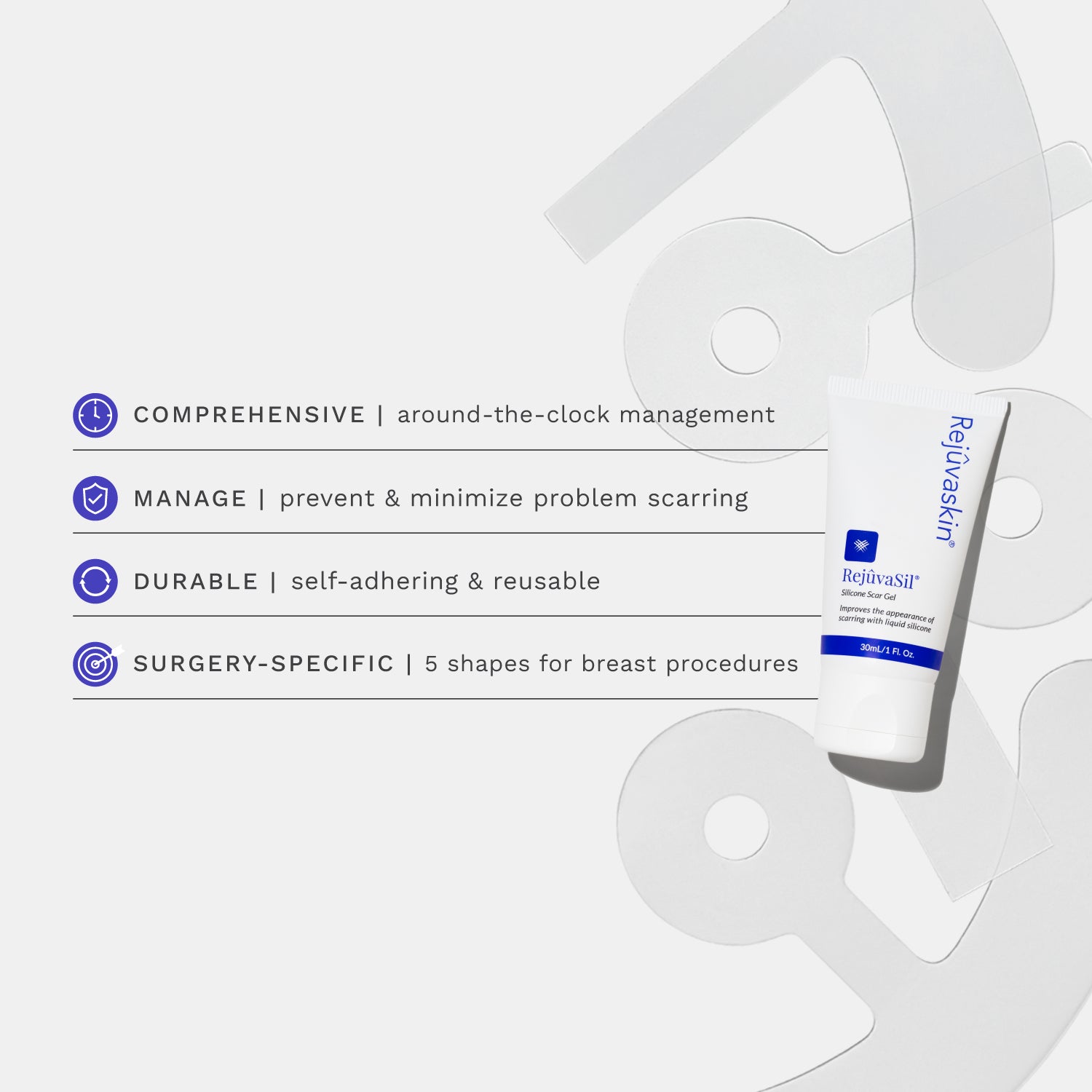
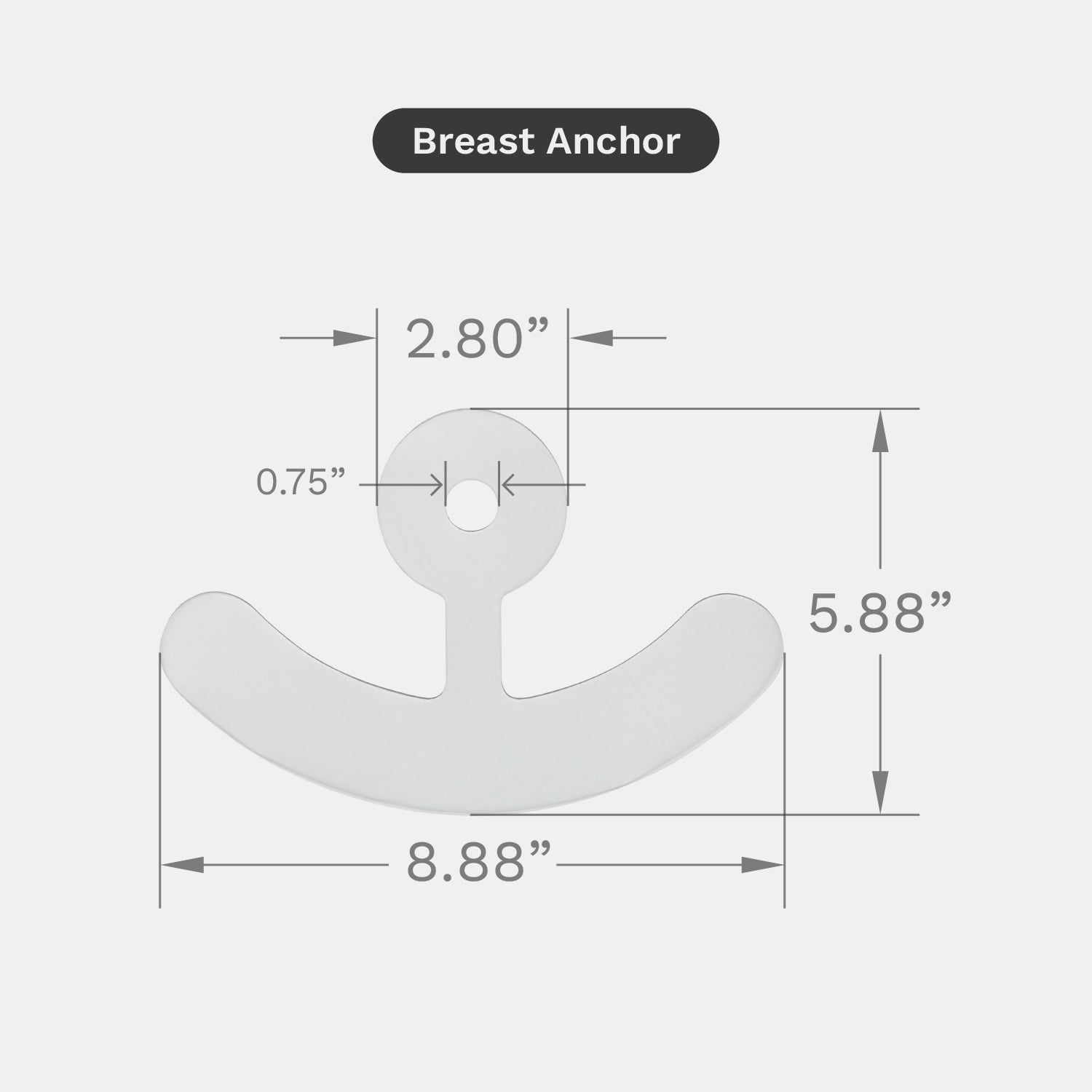
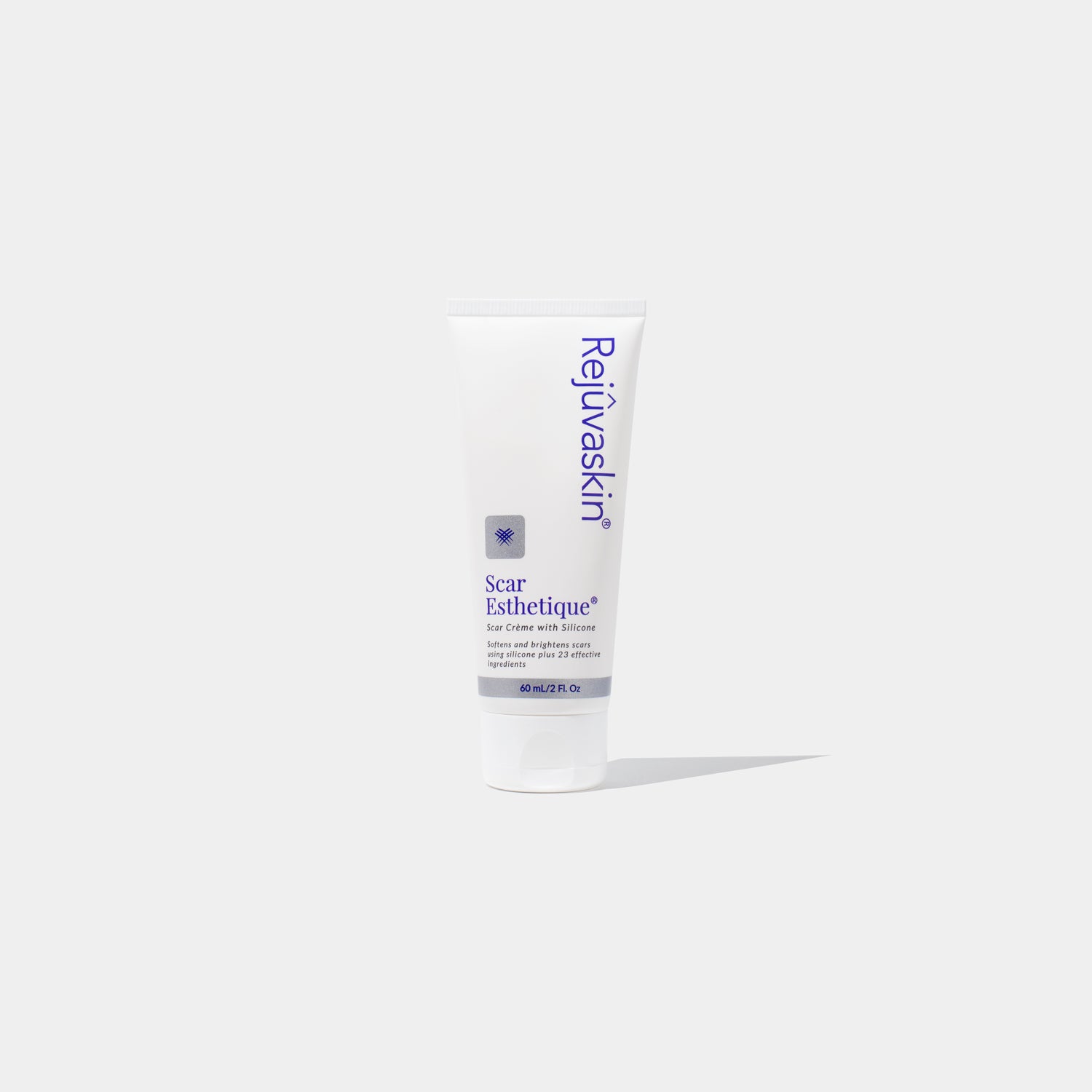
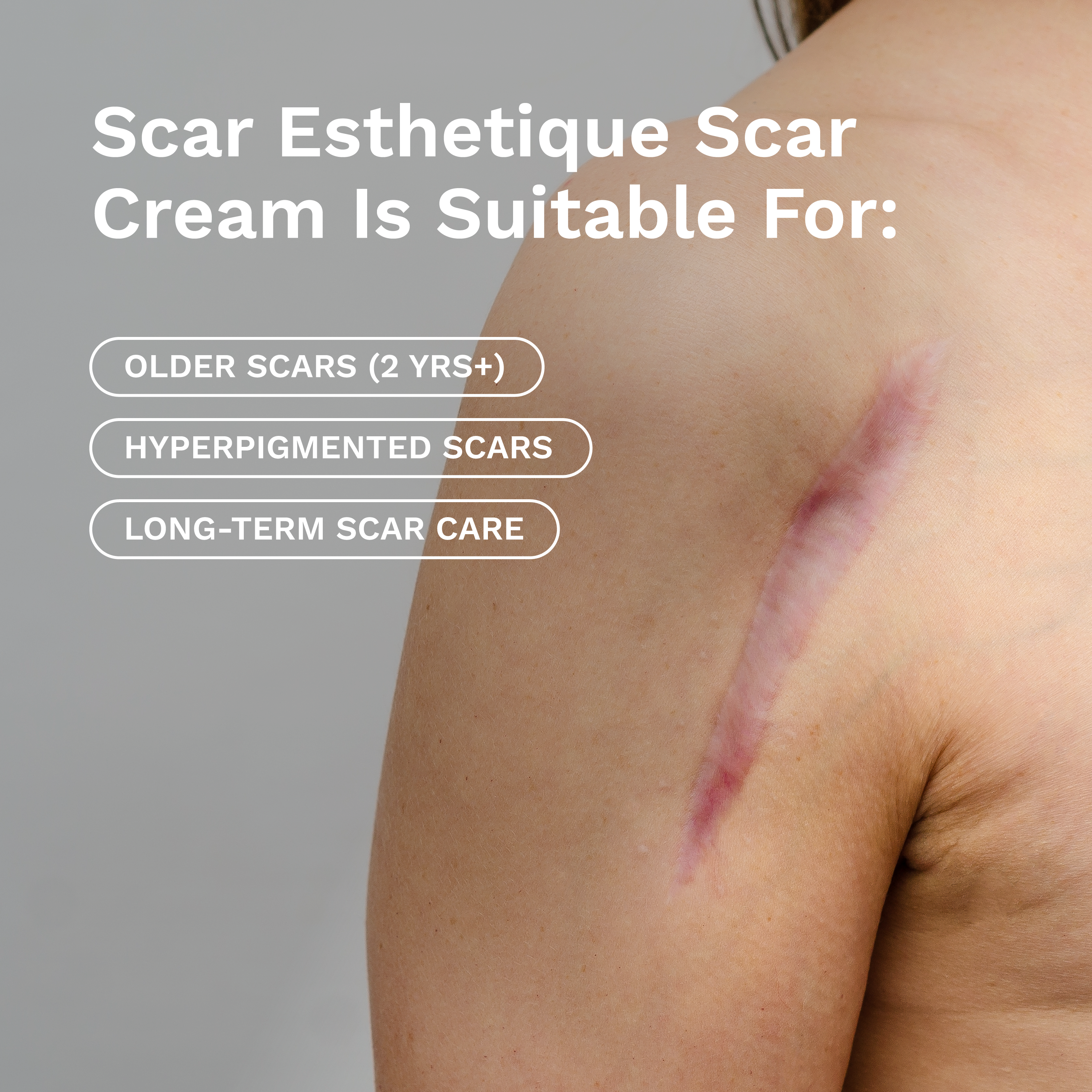








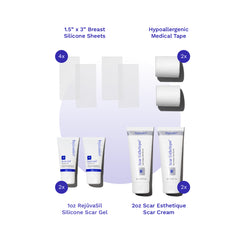
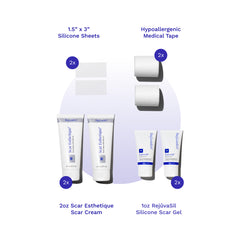

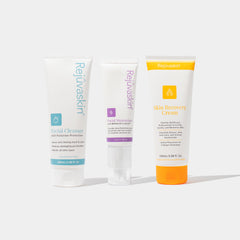
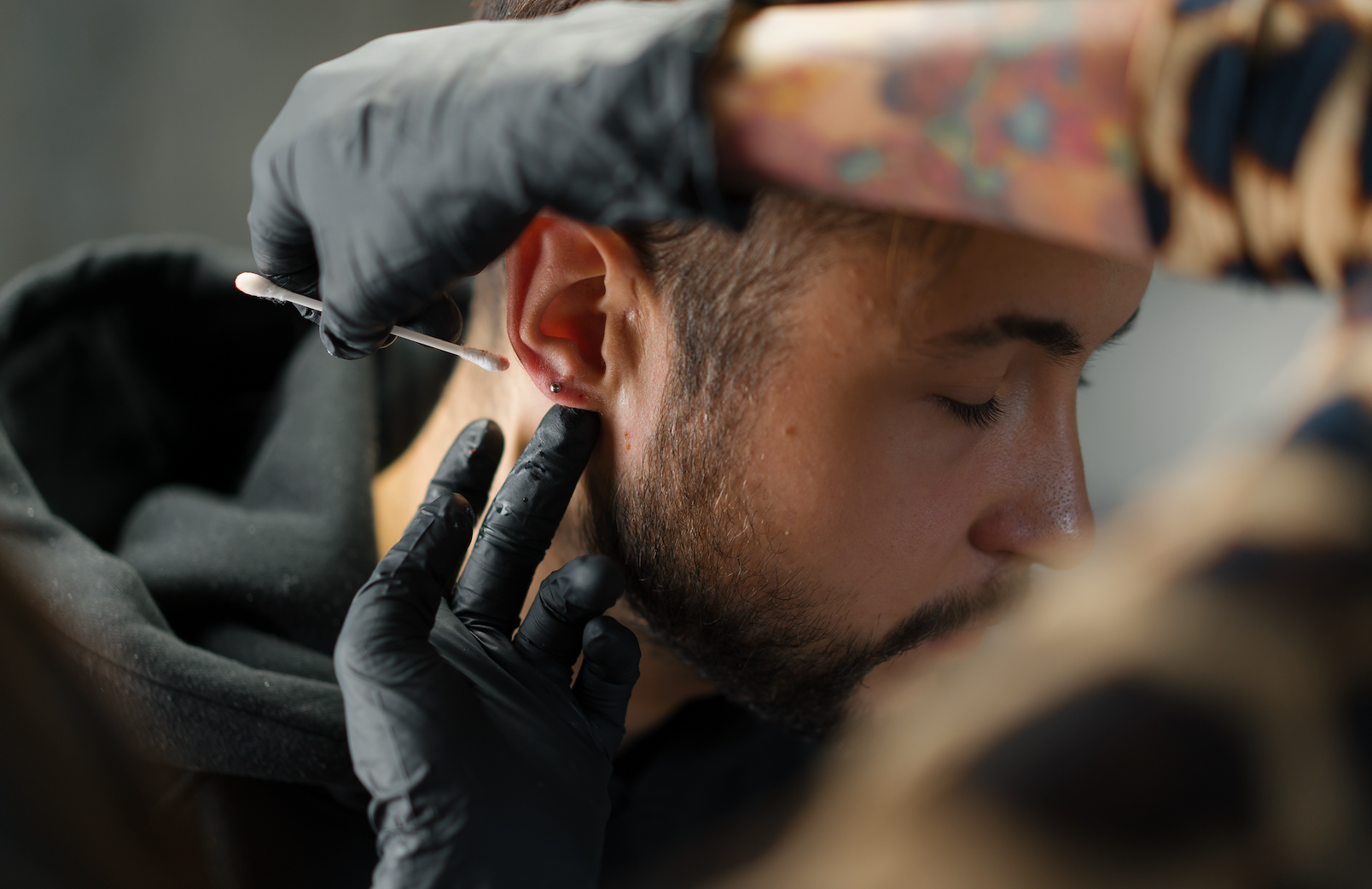
Leave a comment